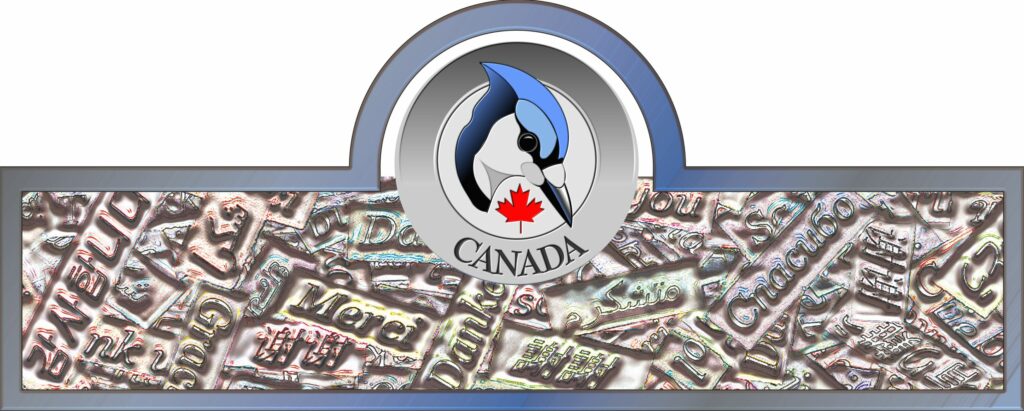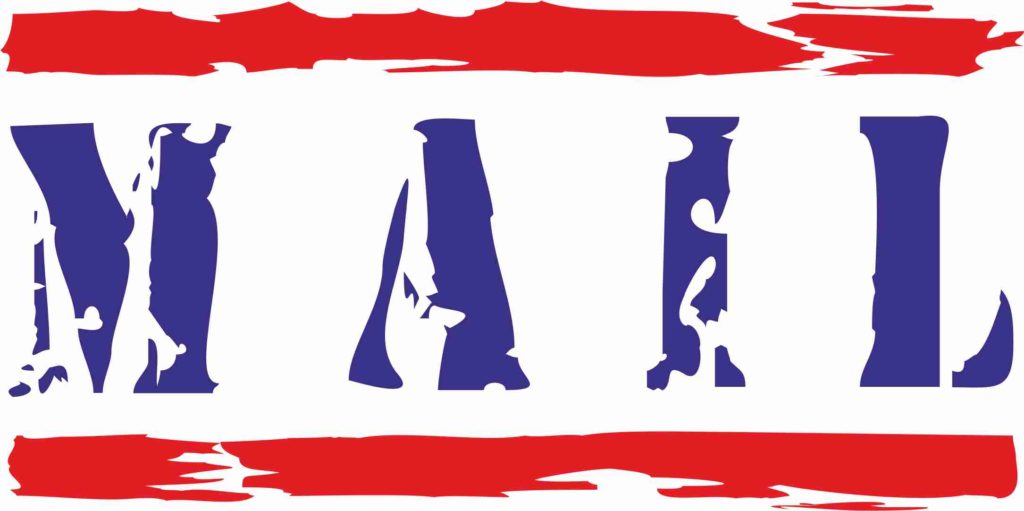The Official Language Act
In 1969, the “Official Language Act” came into effect, which officially declared English and French as equal official and colloquial languages of Canada. More than 60% of the Canadian population have English as their mother tongue, about 25% French. 85% of French-speaking Canadians are living in the province of Québec. In New Brunswick, both languages are equally represented due to the population composition.
Furthermore, there are about 1 million Canadians, mainly in the province of Ontario, who are able to speak German or at least to understand it. As a tourist, you can usually get along with your English language skills in Quebec or New Brunswick as well.
Even if you’re not a language genius: Just start talking. Canada is a truly multicultural country and many Canadians skillfully mix up the different languages in Canada. Most Canadians are happy to help with language problems and no one will smile at you for lack of language finesse.
The most spoken languages of Canada are:
- English
- French
- Chinese
- Punjabi
- Tagalog (Pilipino, Filipino)
- Spanish
- Arabic
- Italian
- German
and after that a lot of languages from all parts of the world. For statistics freaks: Statistic-Canada
English provinces where French is not the second mother tongue
Manitoba: 2. German, 3. French
Saskatchewan: 2. German, 3. Cree, 4. French
Alberta: 2. Cinese, 3. German, 4. French
British Columbia: 2. Chinese, 3. Punjabi, 4. German, 5. French
Native languages and dialects in Canada
Additionally, there are over eighty languages and dialects of the “Natives” – (First Nations, Métis and Inuits). Among them are Algonquianan, Athabaskan, Inuktitut or Cree. If you are interested in more details, you are welcome to have a look around here: Language Highlight Tables, 2016 Census, Statistics Canada.

